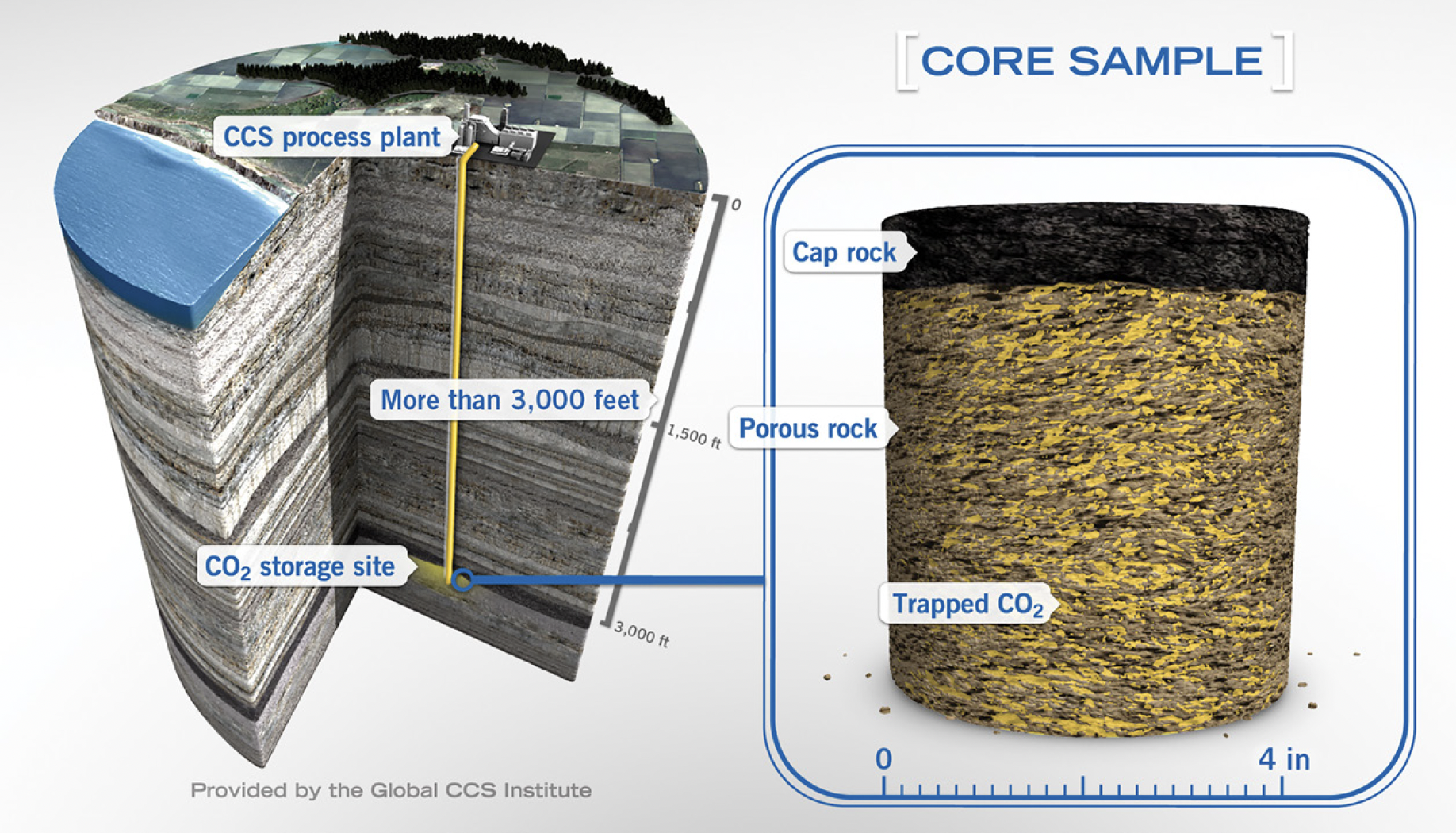Trusted + Experienced
Carbon Capture and Storage Development
In business since 1987, Tenaska proudly serves our nation’s energy needs. We remain rooted in Nebraska, and our employees stay true to our founding values of hard work and honest dealing. We have earned a reputation for developing responsible energy projects and being a good business neighbor.
Our experience in Oklahoma spans more than 20 years. The Tenaska Kiamichi Generating Station, located in Pittsburg County, has been operating safely and reliably since 2003. This natural gas-fueled power plant is an important driver for the local economy, providing stable jobs and tax revenue.







